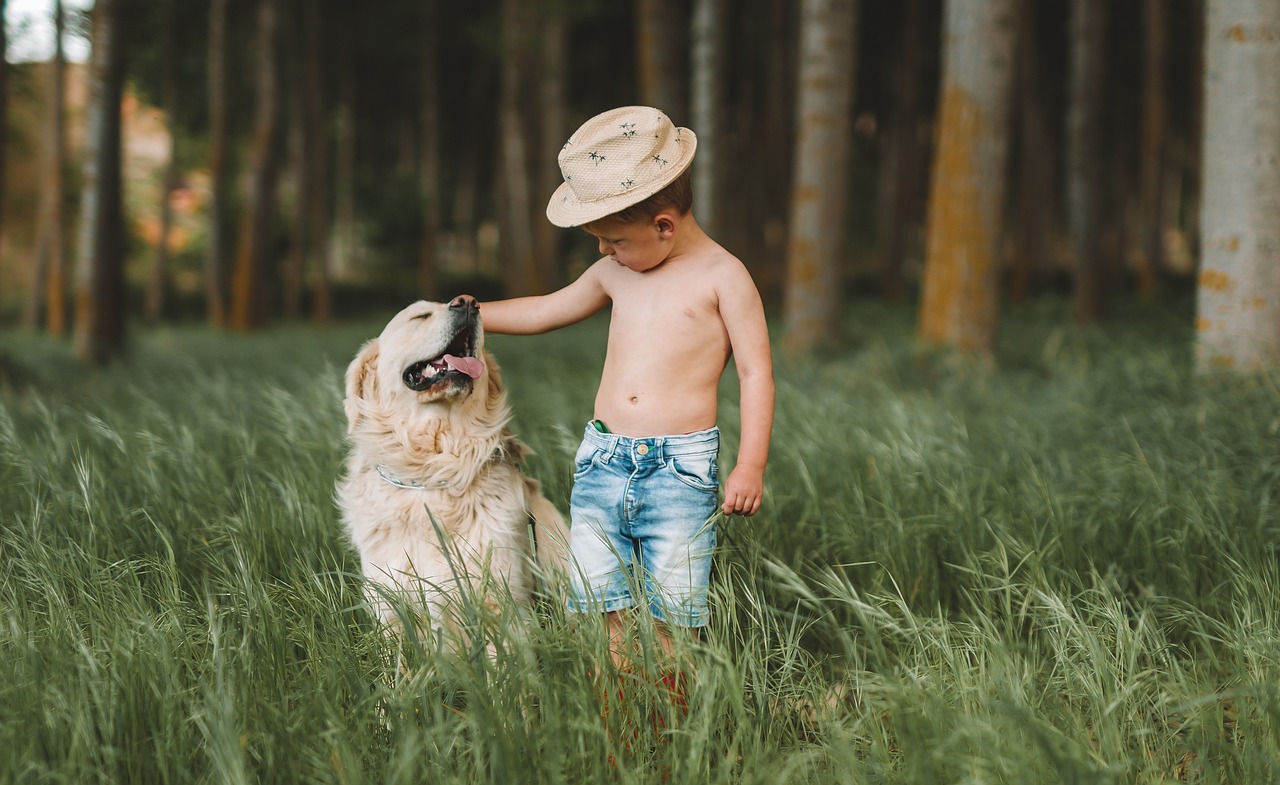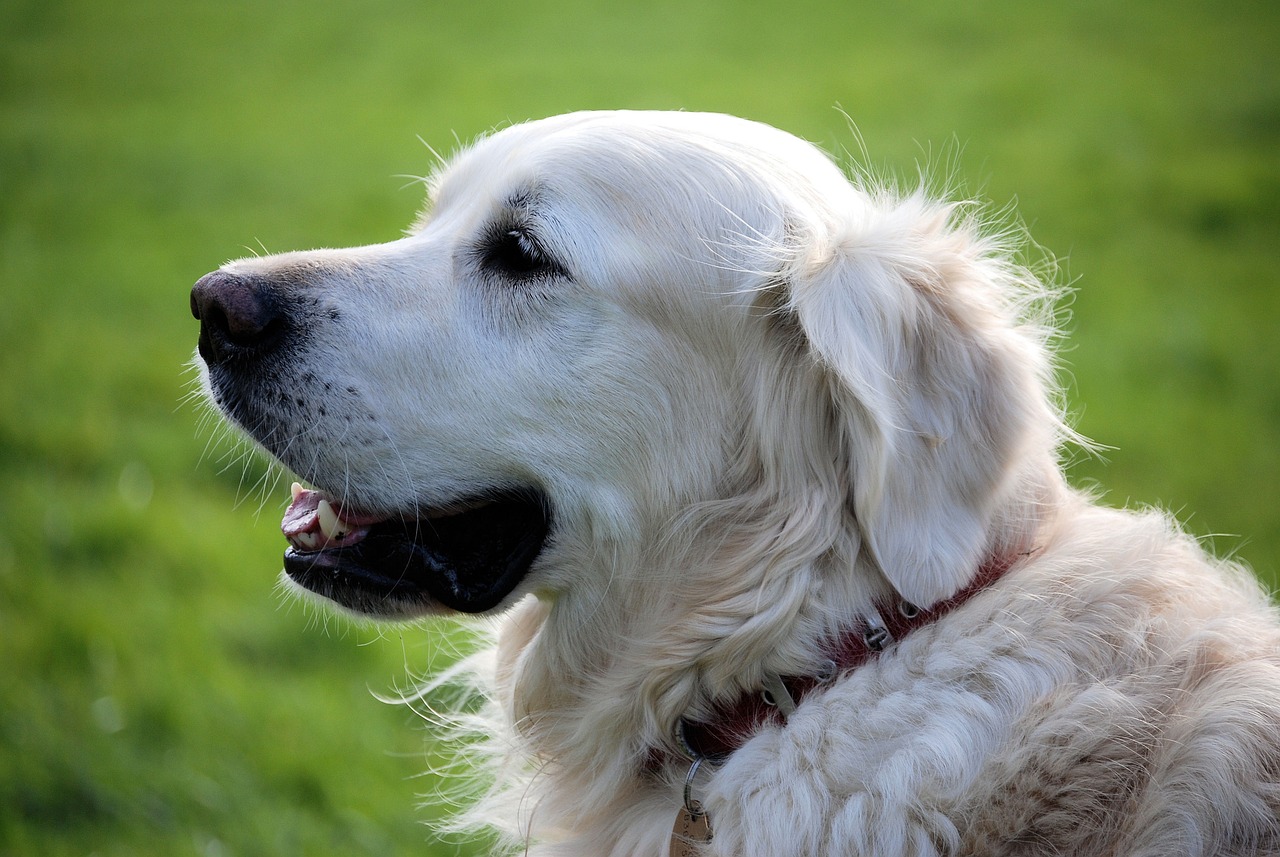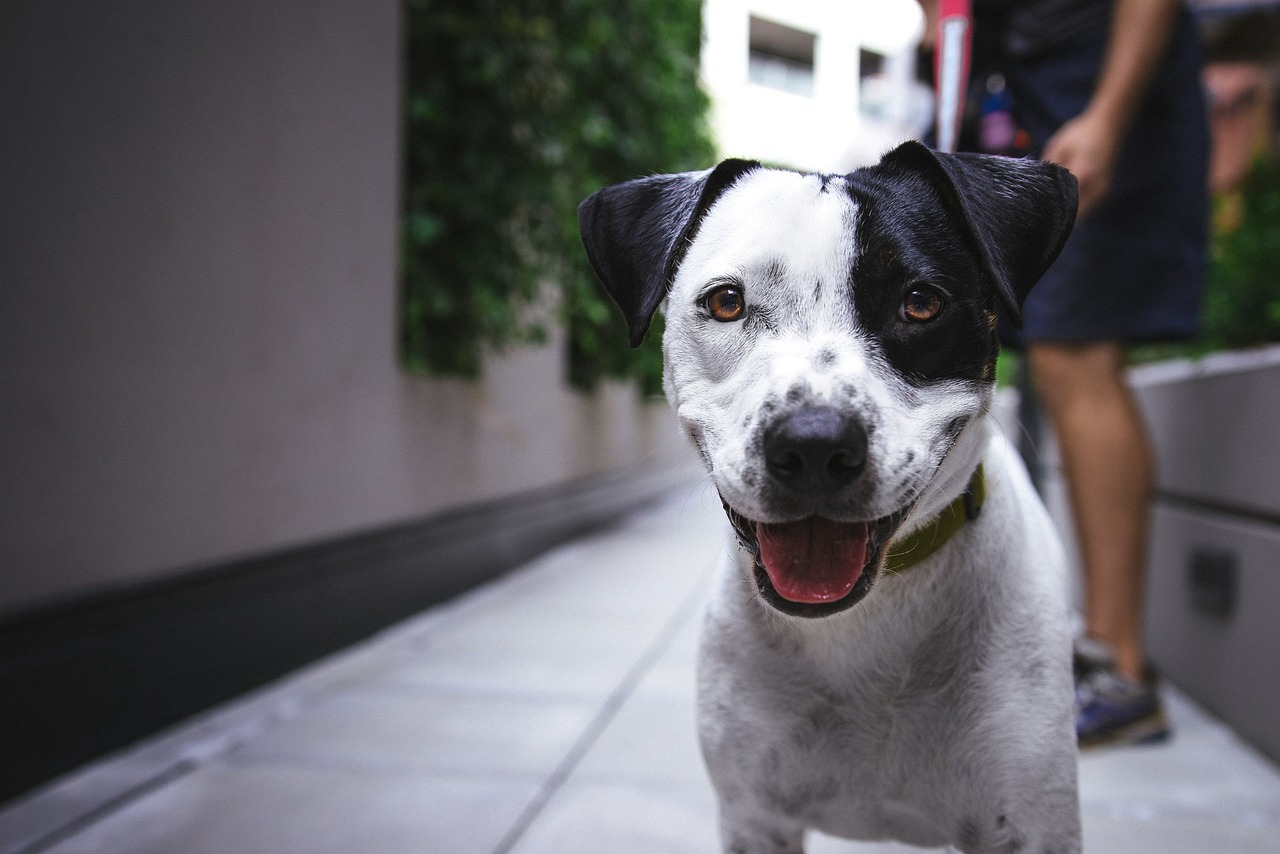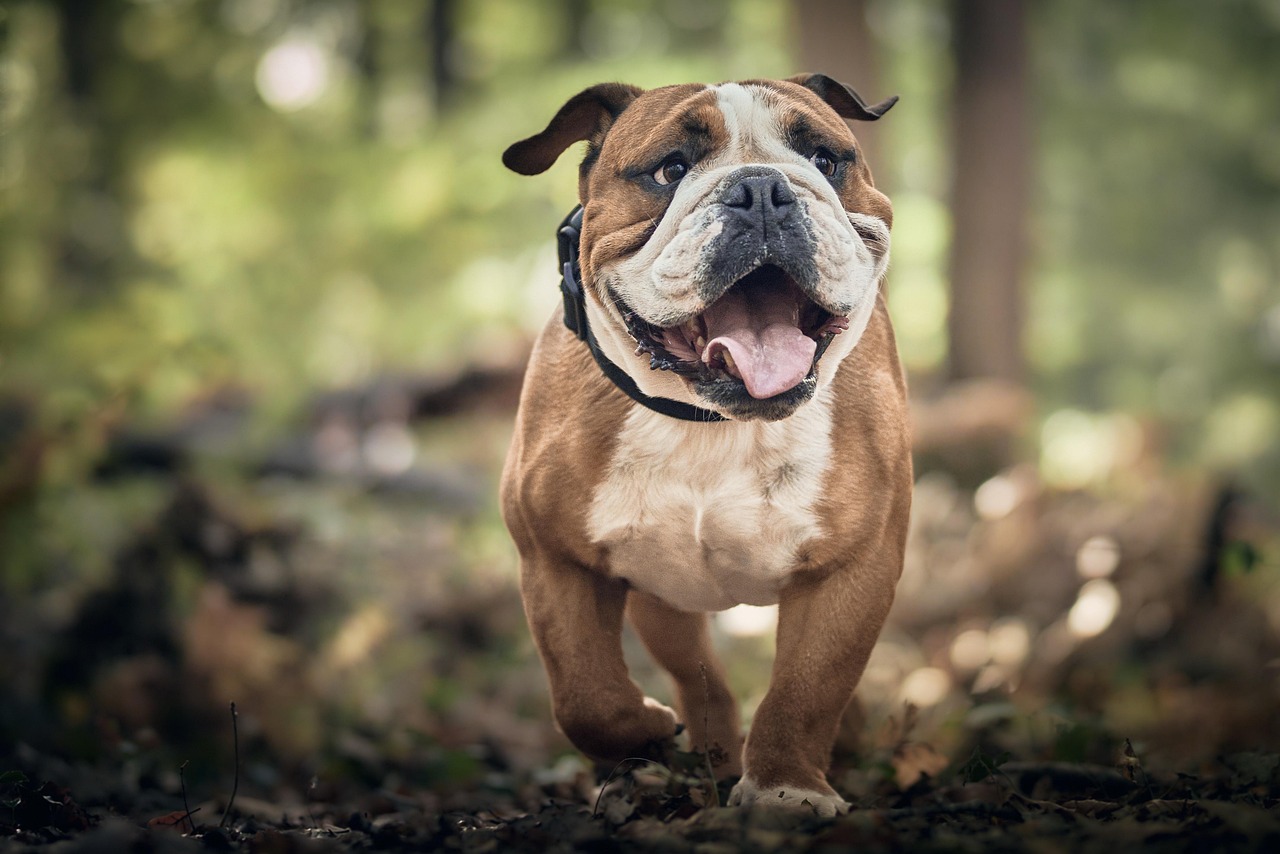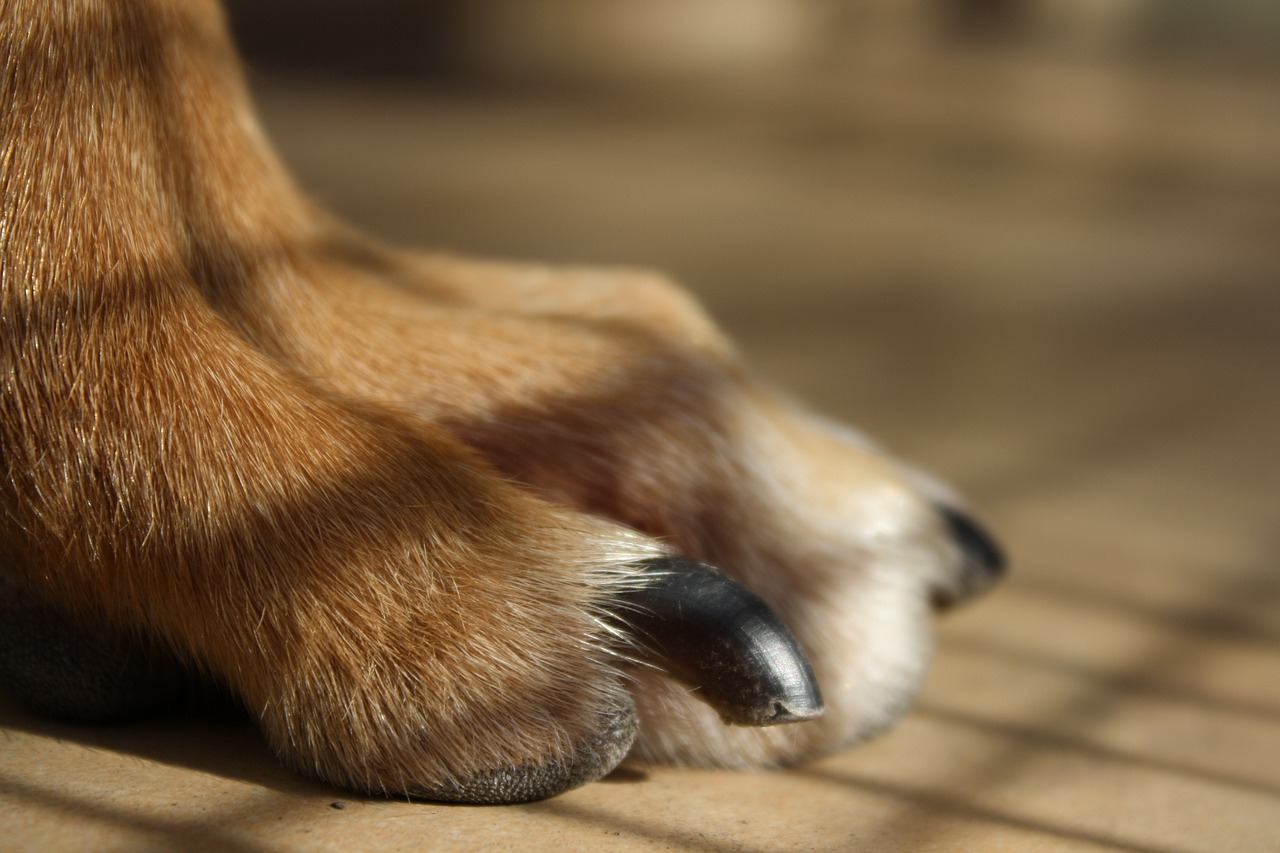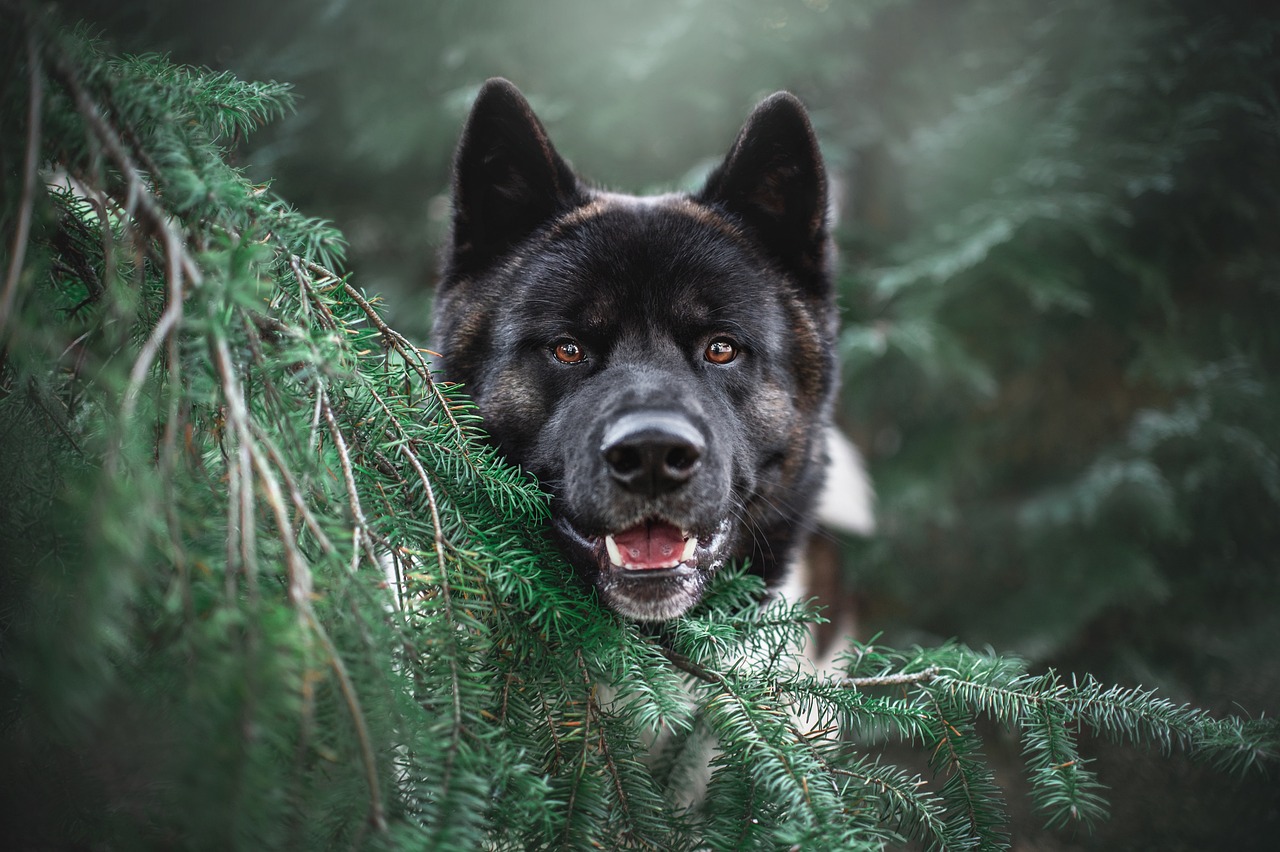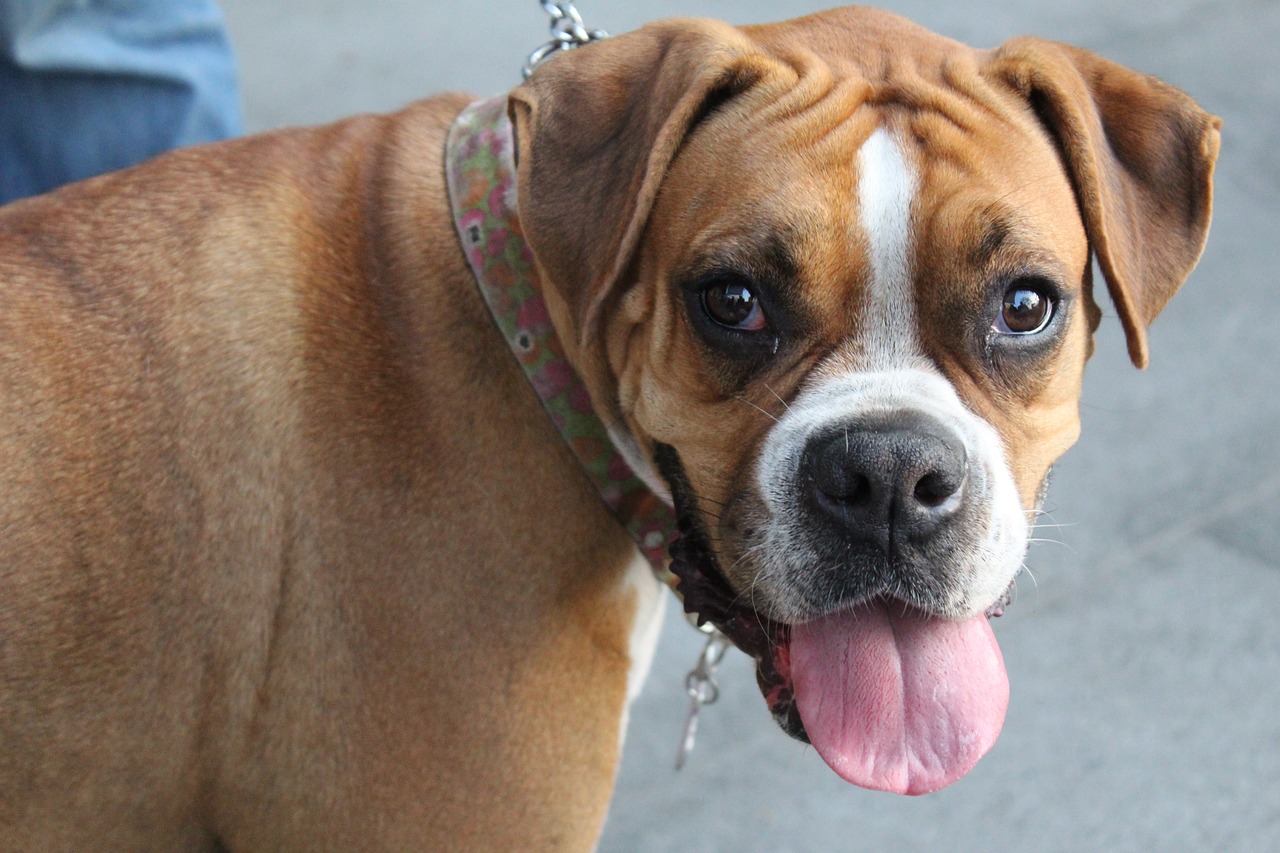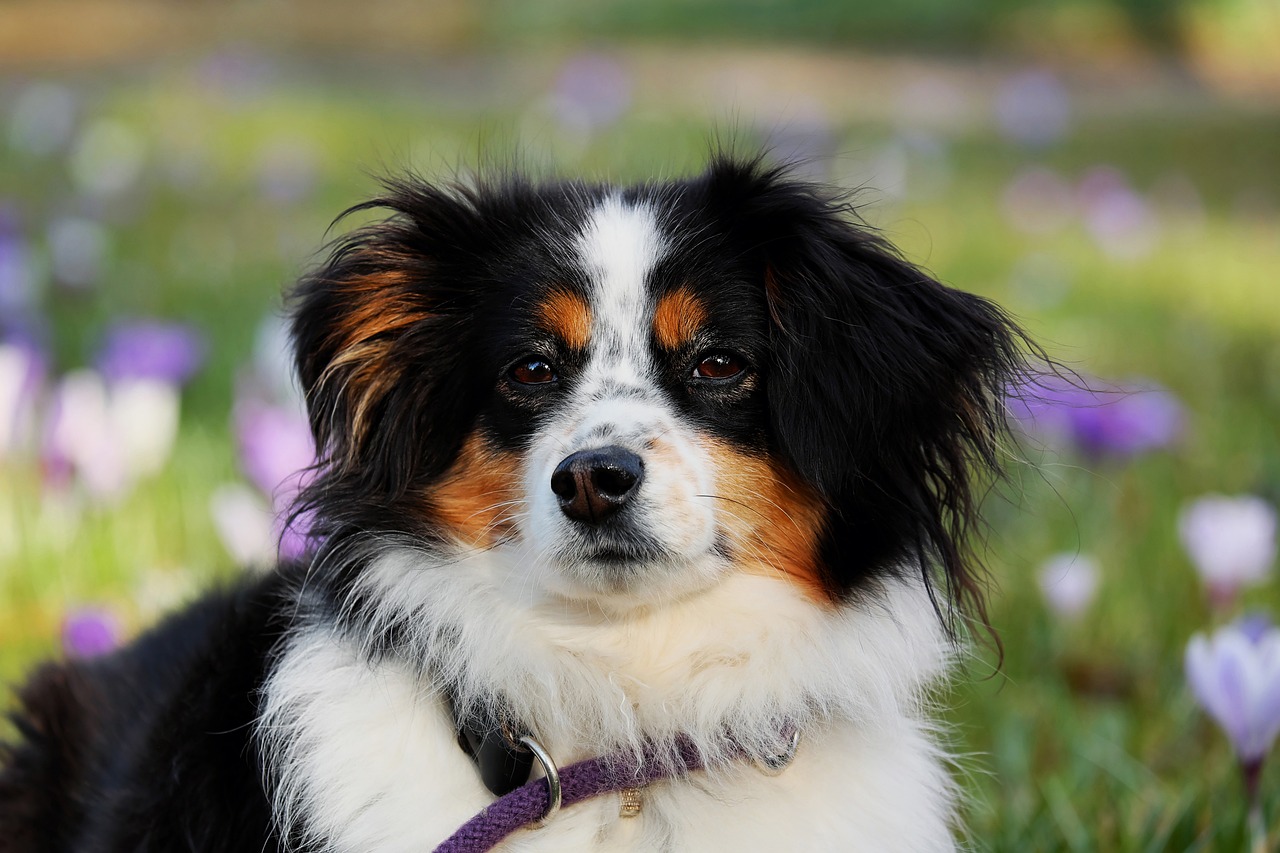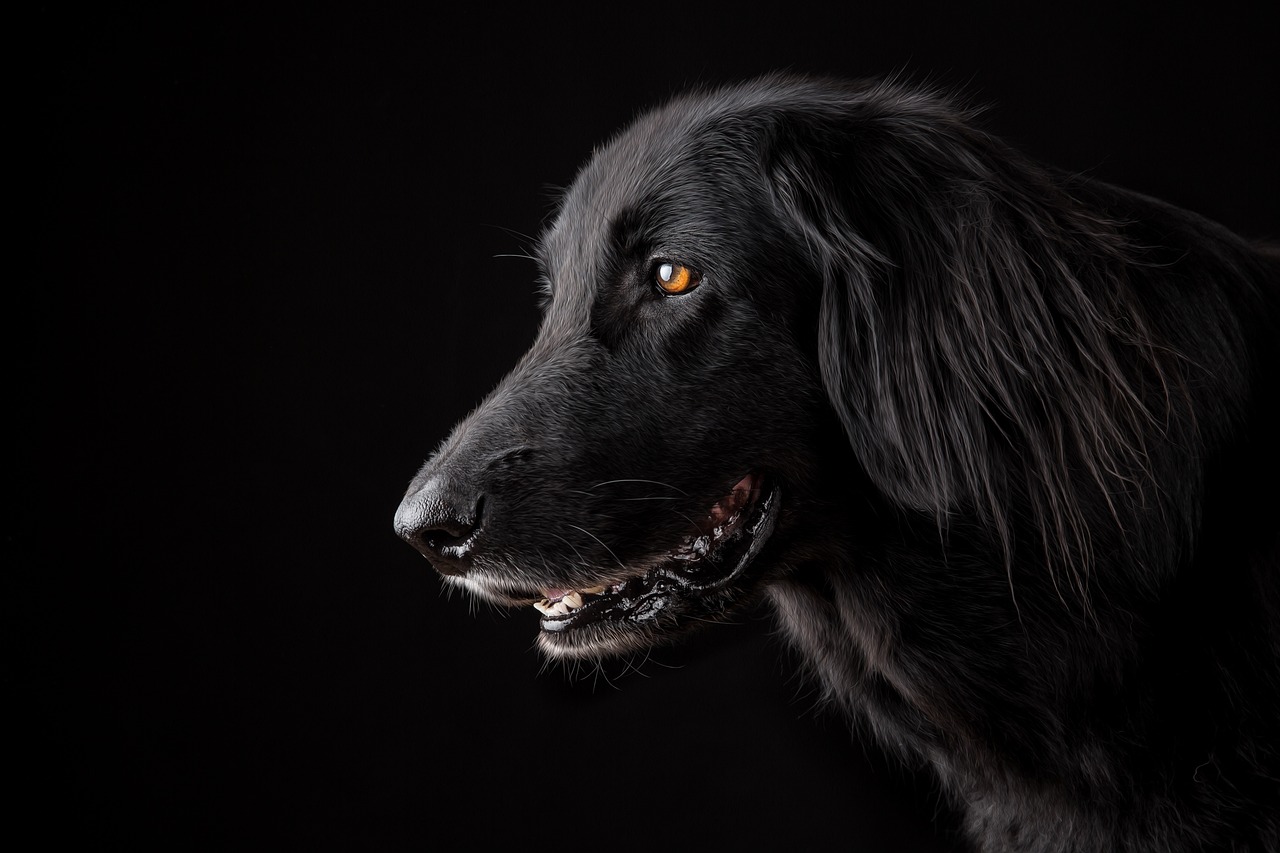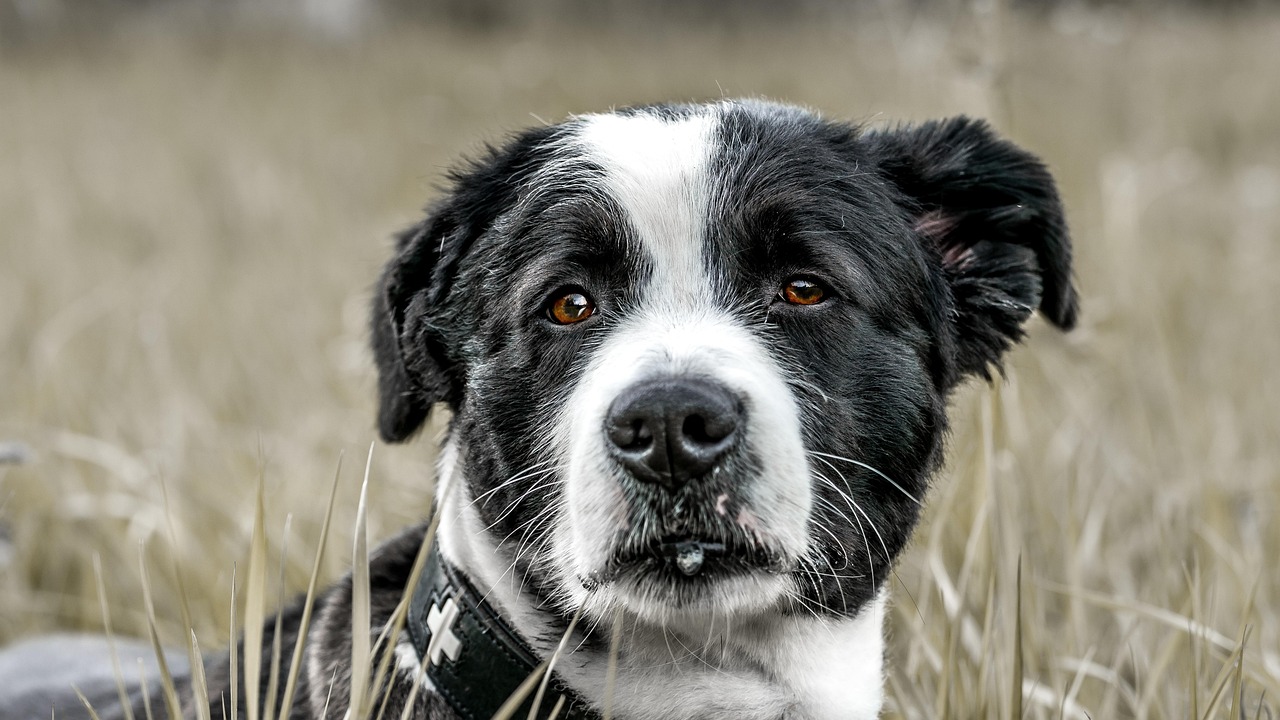This article delves into the fascinating world of canine bite strength, highlighting the breeds that possess the most formidable bite forces. Understanding these breeds is essential for potential dog owners, trainers, and enthusiasts alike. We will explore the characteristics, statistics, and implications of owning a breed renowned for its powerful bite.
Understanding Bite Force in Dogs
Bite force, quantified in pounds per square inch (PSI), plays a vital role in assessing a dog’s physical capabilities. It is measured using specialized equipment that calculates the pressure exerted by a dog’s jaw. This measurement is not just a number; it reflects the dog’s strength, temperament, and suitability for various roles, from family pets to working dogs.
Top Breeds with the Strongest Bite Force
- Kangal: Known for its extraordinary bite force, the Kangal can exert up to 743 PSI. This breed is originally from Turkey and is celebrated for its protective instincts and loyalty.
- Mastiff: With a bite force ranging around 556 PSI, Mastiffs are massive dogs that are both gentle giants and powerful guardians. Their size and strength make them excellent protectors.
- Rottweiler: Rottweilers have a bite force of approximately 328 PSI. They are intelligent and loyal companions, requiring consistent training to manage their strength effectively.
Factors Influencing Bite Force
Several elements contribute to a dog’s bite force, including:
- Size and Weight: Larger dogs generally possess stronger bite forces due to their greater muscle mass.
- Jaw Structure and Musculature: The anatomy of a dog’s jaw significantly impacts its biting power, with broader jaws often translating to stronger bites.
Practical Implications of Bite Force
Understanding a dog’s bite force is crucial for responsible ownership. Owners of breeds with strong bite forces must prioritize:
- Training for Strong Breeds: Effective training is essential for managing dogs with powerful bites. Positive reinforcement techniques can foster obedience and safety.
- Safety Considerations: Owners must take precautions to prevent accidents, especially around children and other pets, ensuring a harmonious environment.
Conclusion: The Importance of Responsible Ownership
In conclusion, while breeds with strong bite forces can make excellent companions, it is imperative for owners to understand their capabilities and responsibilities. Proper training and socialization are key to ensuring a positive experience for both the dog and its family.

Understanding Bite Force in Dogs
Bite force, measured in pounds per square inch (PSI), plays a vital role in understanding a dog’s physical capabilities and behavioral tendencies. This measurement not only reflects the strength of a dog’s jaw but also provides insights into their potential for aggression and their suitability as pets. Understanding bite force is essential for dog owners, trainers, and enthusiasts alike, as it can inform decisions regarding training, socialization, and safety.
Measuring a dog’s bite force typically involves specialized equipment that quantifies the pressure exerted by the dog when biting down on an object. This is often done using a bite sleeve or a pressure gauge, which can accurately capture the PSI exerted during a bite. The results can vary significantly between breeds, with larger and more muscular dogs generally exhibiting higher bite forces. For instance, the Kangal breed has been recorded with a bite force of up to 743 PSI, making it one of the most powerful dog breeds in terms of bite strength.
Understanding bite force is not just a matter of statistics; it has significant implications for canine behavior. A dog with a high bite force may require more rigorous training and socialization to ensure they interact safely with people and other animals. This is particularly important in households with children or smaller pets, where the potential for accidents may be higher. Furthermore, recognizing a dog’s bite force can help owners understand their pet’s instincts and behaviors, enabling them to respond appropriately to various situations.
In summary, bite force is a critical aspect of canine anatomy that influences a dog’s behavior and training needs. By comprehensively understanding how bite force is measured and its implications, dog owners can foster a safer and more harmonious environment for both their pets and their families.
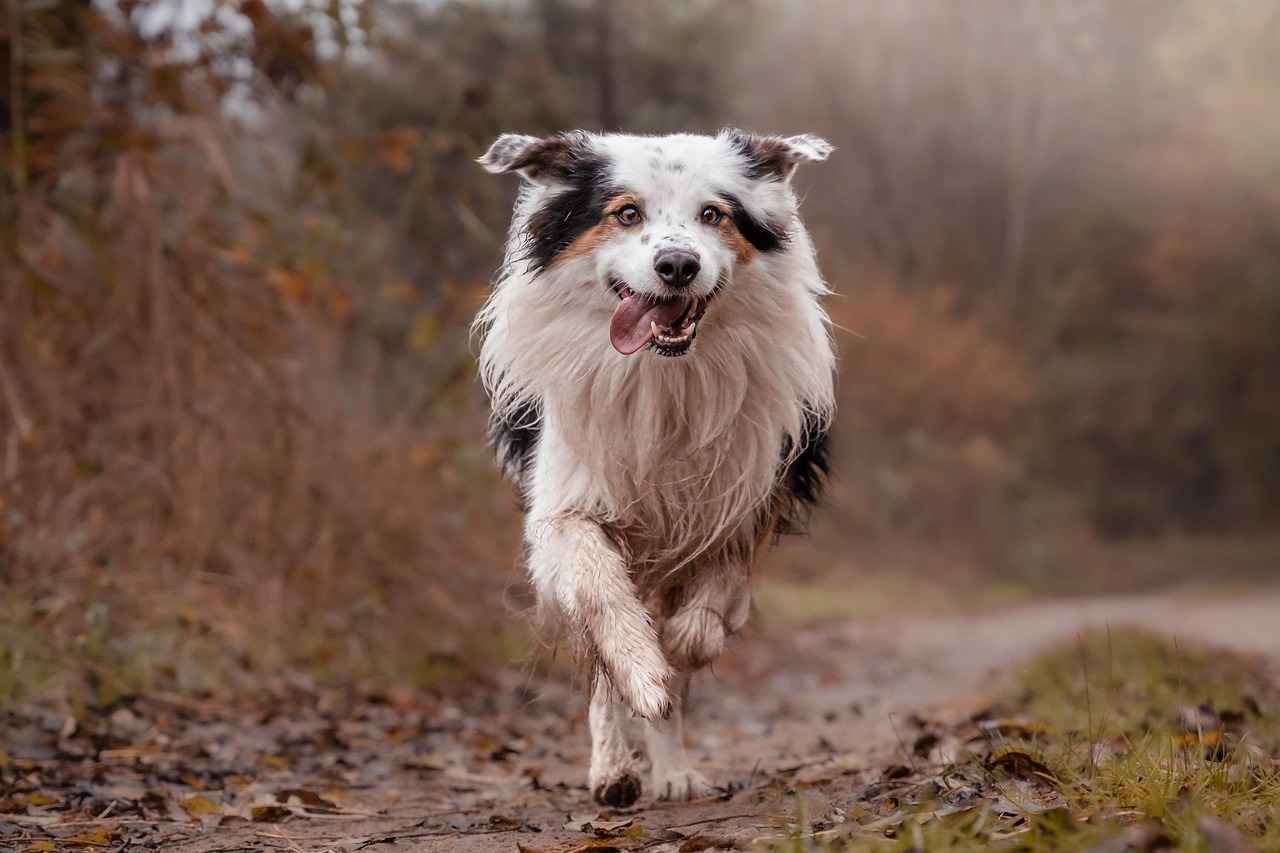
Top Breeds with the Strongest Bite Force
This section highlights some of the most formidable dog breeds known for their impressive bite strength. Ranking these breeds based on their PSI (pounds per square inch) ratings, we will also delve into their unique traits and characteristics that contribute to their powerful bites.
| Breed | Bite Force (PSI) | Unique Traits |
|---|---|---|
| Kangal | 743 PSI | The Kangal is widely recognized as the strongest dog breed in terms of bite force, known for its protective nature and loyalty to its family. |
| Mastiff | 556 PSI | Mastiffs are large and powerful, with a gentle temperament that makes them excellent companions despite their strength. |
| Rottweiler | 328 PSI | Rottweilers are intelligent and versatile dogs, often used in various working roles, known for their loyalty and protective instincts. |
| American Bulldog | 305 PSI | American Bulldogs are strong and athletic, known for their playful nature and excellent family companionship. |
| German Shepherd | 238 PSI | German Shepherds are renowned for their intelligence and versatility, often serving in police and military roles due to their strength and trainability. |
Understanding the bite force of these breeds is essential for potential owners. Each breed’s unique characteristics, combined with their strength, can influence training and socialization approaches. For instance, the Kangal’s natural protective instincts require responsible ownership and training to ensure they are well-adjusted family pets.
In conclusion, while these breeds exhibit remarkable bite strength, it is crucial to recognize that with great power comes great responsibility. Proper training and socialization are key to ensuring that these dogs are not only strong but also well-behaved companions.
1. Kangal
The Kangal breed is widely recognized for its exceptional bite force, which is the strongest among all dog breeds. This remarkable strength can be attributed to a combination of its origins, physical characteristics, and inherent traits. Understanding the Kangal not only highlights its formidable capabilities but also emphasizes the responsibilities that come with owning such a powerful breed.
Originating from the Sivas region of Turkey, the Kangal was traditionally used as a livestock guardian. Its primary role was to protect flocks from predators, which necessitated a strong bite force to deter threats. The Kangal’s bite force has been measured at an astonishing 743 PSI, a statistic that places it at the top of the canine bite force rankings.
Physically, Kangals are large and muscular dogs, typically weighing between 90 to 150 pounds. Their powerful jaws and strong necks are designed to deliver immense pressure, making them effective guardians. In addition to their strength, Kangals are known for their intelligence and loyalty, traits that make them not only excellent protectors but also devoted companions.
The Kangal’s bite force is not merely a result of its size; it is also influenced by its jaw structure and musculature. The breed’s unique anatomy allows it to exert more force than many other breeds, which is crucial in its role as a protector. This capability, however, requires responsible ownership, as a dog with such a strong bite can pose risks if not properly trained and socialized.
In conclusion, the Kangal breed stands out as a symbol of strength and loyalty. Its remarkable bite force is a testament to its history and purpose as a guardian. Potential owners must recognize the importance of training and socialization to ensure that these powerful dogs are well-adjusted and safe companions.
2. Mastiff
Mastiffs are among the most formidable dog breeds, renowned for their impressive size and strength. These gentle giants, with their powerful jaws, have captivated dog lovers for centuries. In this section, we will explore the various types of Mastiffs, their bite force, temperament, and overall suitability as pets.
Mastiffs come in several breeds, including the English Mastiff, Neapolitan Mastiff, and Tibetan Mastiff. Each breed possesses unique characteristics while sharing common traits that make them stand out.
| Breed | Bite Force (PSI) | Temperament | Suitability as Pets |
|---|---|---|---|
| English Mastiff | 552 | Gentle, Loyal | Excellent for families |
| Neapolitan Mastiff | 350 | Protective, Affectionate | Good with children |
| Tibetan Mastiff | 556 | Independent, Strong-willed | Requires experienced owner |
The bite force of a Mastiff can reach up to 552 PSI, making them one of the strongest breeds in terms of bite strength. This formidable power is complemented by their gentle nature, as they are known to be affectionate and loyal companions. Despite their intimidating size, Mastiffs often form deep bonds with their families, making them excellent pets for those who can provide proper training and socialization.
However, potential owners should be aware that Mastiffs require consistent training and socialization from an early age. Their protective instincts make them wary of strangers, so early exposure to various environments and people is crucial. Additionally, their size means they need ample space to thrive, making them best suited for homes with yards.
In conclusion, while Mastiffs are known for their powerful bite and imposing stature, they are also gentle and loving companions. With the right training and environment, they can be a wonderful addition to any family.
3. Rottweiler
The Rottweiler is a breed that embodies strength, intelligence, and loyalty. Known for their robust build and protective nature, Rottweilers have become popular not only as family pets but also as working dogs in various fields, including law enforcement and search and rescue. This section delves into their impressive bite force, training requirements, and effective management of their physical capabilities.
Bite Force of Rottweilers
Rottweilers boast an impressive bite force, estimated at around 328 PSI (pounds per square inch). This significant strength is a result of their strong jaw structure and muscular build. Understanding this power is crucial for potential owners, as it highlights the need for responsible training and socialization.
Training Needs
Training a Rottweiler requires a firm yet gentle approach. These dogs are intelligent and eager to please, making them highly trainable. However, early socialization and obedience training are essential to ensure they develop into well-mannered adults. Positive reinforcement techniques work best, allowing Rottweilers to thrive in a structured environment.
Managing Their Strength
Effectively managing a Rottweiler’s strength involves consistent training and regular exercise. Daily physical activity is vital to keep them mentally stimulated and physically fit. Engaging in activities such as obedience training, agility exercises, and interactive play can help channel their energy positively. Additionally, it is important to establish clear boundaries and rules within the household.
Conclusion
In summary, Rottweilers are powerful dogs that require dedicated training and responsible ownership. Their bite force is formidable, but with proper guidance, they can become loyal companions. Understanding their needs and capabilities is essential for any potential owner looking to welcome a Rottweiler into their home.

Factors Influencing Bite Force
Understanding a dog’s bite force is essential for various reasons, including safety, training, and responsible ownership. Several factors contribute to a dog’s bite force, and this section will analyze these elements in detail.
| Factor | Description |
|---|---|
| Size and Weight | Larger dogs generally have a greater bite force due to their size and muscle mass. This correlation between size and strength is significant, as bigger breeds tend to possess more powerful jaws. |
| Breed | Different breeds have varying bite strengths, influenced by their genetic background and purpose. For instance, breeds developed for guarding or herding often exhibit stronger bite forces. |
| Jaw Structure | The anatomical structure of a dog’s jaw plays a crucial role in its biting capability. Breeds with broader, more muscular jaws are typically able to exert more force. |
| Muscle Development | Well-developed jaw muscles contribute to a dog’s bite strength. Regular exercise and training can enhance muscle tone, leading to a more powerful bite. |
| Age | As dogs mature, their bite force can increase. Puppies may have weaker jaws, but as they grow and develop, their strength typically improves. |
In summary, the bite force of a dog is influenced by a combination of factors including size, breed, jaw structure, muscle development, and age. Understanding these elements is crucial for dog owners, as it can help in training and managing their pets effectively.
Size and Weight
Larger dogs typically exhibit stronger bite forces due to their physical attributes. This correlation between size and biting capability is not merely a coincidence; it is rooted in the anatomy and musculature of these breeds. Understanding this relationship is crucial for dog owners, as it has significant implications for training, safety, and overall management of these powerful animals.
The bite force of a dog, measured in pounds per square inch (PSI), varies significantly among breeds. Generally, larger breeds possess more robust jaws and stronger muscles, enabling them to exert higher bite forces. For instance, breeds such as the Kangal and Mastiff are renowned for their impressive bite strength, often exceeding 700 PSI. In contrast, smaller breeds typically have a bite force that ranges from 100 to 300 PSI.
When considering the implications of a dog’s size on its bite force, owners must recognize the responsibilities that come with owning a larger breed. These dogs require effective training and socialization to ensure they are well-adjusted and safe around children and other pets. The strength of their bite can be a significant concern if not managed properly.
Moreover, the size of a dog influences its behavior and energy levels. Larger dogs often need more space to roam and exercise, which can affect their temperament and overall health. Owners should be prepared to meet these needs to foster a positive environment for their pets.
In conclusion, the relationship between a dog’s size and its biting capability is crucial for responsible ownership. Understanding this dynamic allows owners to make informed decisions about training and care, ensuring that their canine companions are both safe and well-behaved.
Jaw Structure and Musculature
The jaw structure and musculature of dogs play a pivotal role in determining their bite strength. This section delves into how these anatomical features vary across different breeds and contribute to their overall power.
Firstly, the jaw structure of a dog consists of several key components, including the mandible (the lower jaw) and the maxilla (the upper jaw). The shape and size of these bones, along with the arrangement of teeth, significantly influence the force a dog can exert when biting. For instance, breeds with a broad and robust mandible, such as the Mastiff, are known to have a greater bite force compared to those with a narrower jaw.
Moreover, the musculature surrounding the jaw is equally important. The masseter muscle, which is responsible for closing the jaw, and the temporalis muscle, which helps elevate the jaw, vary in size and strength among breeds. Breeds like the Kangal possess exceptionally well-developed muscles, allowing them to generate a remarkable bite force that can exceed 700 PSI.
Additionally, the angle of the jaw can also affect biting efficiency. Dogs with a more pronounced angle can apply force more effectively, making them formidable in terms of bite strength. For example, the Rottweiler has a strong jaw angle that complements its powerful musculature, resulting in a potent bite.
In conclusion, understanding the jaw structure and musculature of different dog breeds provides valuable insights into their biting capabilities. This knowledge is crucial for dog owners, trainers, and enthusiasts alike, as it informs how to manage and train these powerful animals effectively.

Practical Implications of Bite Force
Understanding a dog’s bite force is essential for responsible ownership. This knowledge not only helps in appreciating the physical capabilities of different breeds but also plays a significant role in ensuring the safety of children and other pets in the household. By understanding the implications of bite force, dog owners can make informed decisions regarding training, socialization, and interactions with family members and other animals.
Training is a vital aspect of managing dogs with powerful bite forces. Positive reinforcement techniques can be particularly effective in teaching commands and promoting good behavior. Regular training sessions help establish a strong bond between the dog and its owner, fostering trust and obedience. Furthermore, early socialization with various environments, people, and other pets can significantly reduce the risk of aggressive behavior, ensuring that the dog is comfortable and well-adjusted.
When it comes to safety, understanding a dog’s bite force is crucial for preventing accidents. Owners should always supervise interactions between their dogs and young children, teaching kids how to approach and interact with dogs safely. It’s also important to educate children on respecting a dog’s space and recognizing signs of discomfort or stress in the animal. This proactive approach can help prevent potential incidents that might arise from misunderstandings.
Additionally, owning a breed known for its strong bite force often requires extra precautions. For example, using appropriate leashes and harnesses during walks, and ensuring secure fencing in the yard can prevent escapes and potential confrontations with other animals or people. Owners should also be aware of local laws and regulations regarding breeds with powerful bite forces, as some areas may have specific requirements for ownership.
In summary, understanding a dog’s bite force is not just about recognizing its strength; it encompasses the responsibilities that come with ownership. By focusing on effective training, proper socialization, and maintaining safety, dog owners can create a harmonious living environment that benefits both their pets and their families.
Training for Strong Breeds
is an essential aspect of responsible dog ownership, especially when it comes to breeds with powerful bite forces. These breeds, known for their strength and tenacity, require specialized training methods to ensure both their safety and the safety of those around them.
Effective training begins with understanding the dog’s temperament. Breeds such as the Kangal, Mastiff, and Rottweiler have innate protective instincts and high energy levels. Therefore, it is crucial to establish a strong bond based on trust and respect. This bond can be fostered through consistent training sessions that incorporate positive reinforcement techniques.
- Positive Reinforcement: Rewarding desirable behaviors with treats, praise, or playtime encourages dogs to repeat those behaviors. This method is particularly effective for strong breeds, as it promotes a positive learning environment.
- Socialization: Early exposure to various environments, people, and other animals is vital. This helps strong breeds develop good manners and reduces the likelihood of aggressive behavior.
- Obedience Training: Teaching basic commands such as “sit,” “stay,” and “come” lays the groundwork for more advanced training. Obedience training is critical for managing a dog’s behavior, especially in high-stress situations.
Additionally, consistency in training is key. Establishing a routine helps dogs understand expectations and reduces confusion. Owners should also be aware of their dog’s physical capabilities; strong breeds can become easily distracted or overwhelmed, so training sessions should be kept engaging yet manageable.
In conclusion, managing dogs with powerful bite forces requires a commitment to training and socialization. By implementing effective training methods that focus on positive reinforcement and consistency, owners can ensure a safe and obedient companion. Remember, a well-trained dog is not only a joy to have but also a responsible member of the community.
Safety Considerations
When it comes to owning a breed with a strong bite force, responsibility is paramount. These powerful dogs, while often loyal and protective, require careful management to ensure the safety of both the dog and those around it. This section outlines essential safety tips for owners, aiming to prevent accidents and foster a harmonious living environment.
- Proper Training: Investing time in obedience training is crucial. Dogs with strong bite forces need to learn commands and boundaries to prevent unwanted behaviors. Consistent training helps reinforce good manners, making them more manageable.
- Socialization: Early and ongoing socialization is vital. Exposing your dog to various environments, people, and other animals helps them become well-rounded and reduces the likelihood of aggressive behavior.
- Controlled Environments: Always supervise interactions between your strong-bite breed and children or smaller pets. Use leashes in public spaces and secure fencing at home to prevent unexpected encounters.
- Understanding Body Language: Familiarize yourself with your dog’s body language and signs of stress or discomfort. Recognizing these signals can help prevent situations that may lead to a bite.
- Regular Exercise: A well-exercised dog is a happy dog. Providing ample physical and mental stimulation can reduce pent-up energy, which often leads to behavioral issues.
- Consult Professionals: If you are unsure about handling your dog’s behavior, consider consulting a professional dog trainer or behaviorist. They can offer tailored advice and techniques to manage your dog’s strength effectively.
In conclusion, owning a breed with a strong bite force requires a commitment to responsible ownership. By implementing these safety tips, you can create a secure and enjoyable environment for your dog and everyone around them.

Conclusion: The Importance of Responsible Ownership
In the world of dog ownership, understanding the responsibilities that come with owning a breed known for its powerful bite force is essential. Responsible ownership extends beyond mere affection; it encompasses a deep understanding of a dog’s capabilities and the necessary training to ensure a safe and harmonious environment for both the pet and its owners.
Breeds with strong bite forces, such as the Kangal, Mastiff, and Rottweiler, can indeed make excellent companions. However, their physical strength necessitates a commitment to proper training and socialization. Owners must recognize that these dogs, while loyal and protective, require consistent and positive reinforcement techniques to cultivate good behavior.
One of the first steps in responsible ownership is to educate oneself about the specific breed’s traits and needs. Understanding a dog’s behavior and instincts can significantly influence how they interact with people and other animals. For instance, breeds with high bite strength often have strong guarding instincts, making it crucial for owners to socialize them from an early age.
Moreover, training should be tailored to the dog’s unique characteristics. Engaging in obedience training not only helps in managing their strength but also fosters a bond of trust between the dog and owner. Regular exercise is equally important, as it helps channel their energy positively, reducing the likelihood of behavioral issues.
In conclusion, while breeds with powerful bite forces can be wonderful companions, the key to a successful partnership lies in the owner’s commitment to understanding and training their dog. Responsible ownership is not just about having a strong dog; it’s about ensuring that they are well-adjusted, well-behaved, and safe around others. By prioritizing education, training, and socialization, owners can enjoy a fulfilling relationship with their canine companions.
Frequently Asked Questions
- What is bite force, and why is it important?
Bite force is the measure of the pressure a dog’s jaw can exert, typically measured in pounds per square inch (PSI). Understanding bite force is crucial for dog owners as it helps them gauge the dog’s potential behavior, training needs, and safety around other pets and children.
- Which dog breed has the strongest bite force?
The Kangal breed is renowned for having the strongest bite force among all dog breeds, reaching incredible PSI levels. This breed’s unique jaw structure and powerful musculature contribute to its formidable strength.
- Are dogs with strong bite forces safe to own?
Yes, dogs with strong bite forces can be safe companions if properly trained and socialized. Responsible ownership, including effective training methods and understanding the dog’s behavior, is essential to ensure a harmonious environment at home.
- How can I train a dog with a powerful bite?
Training a dog with a powerful bite involves consistent, positive reinforcement techniques. Focus on obedience training, socialization, and establishing clear boundaries to manage their strength effectively and ensure safety.
- What factors influence a dog’s bite force?
Several factors influence a dog’s bite force, including its size, weight, jaw structure, and musculature. Generally, larger breeds tend to have stronger bite forces, but individual characteristics also play a significant role.
